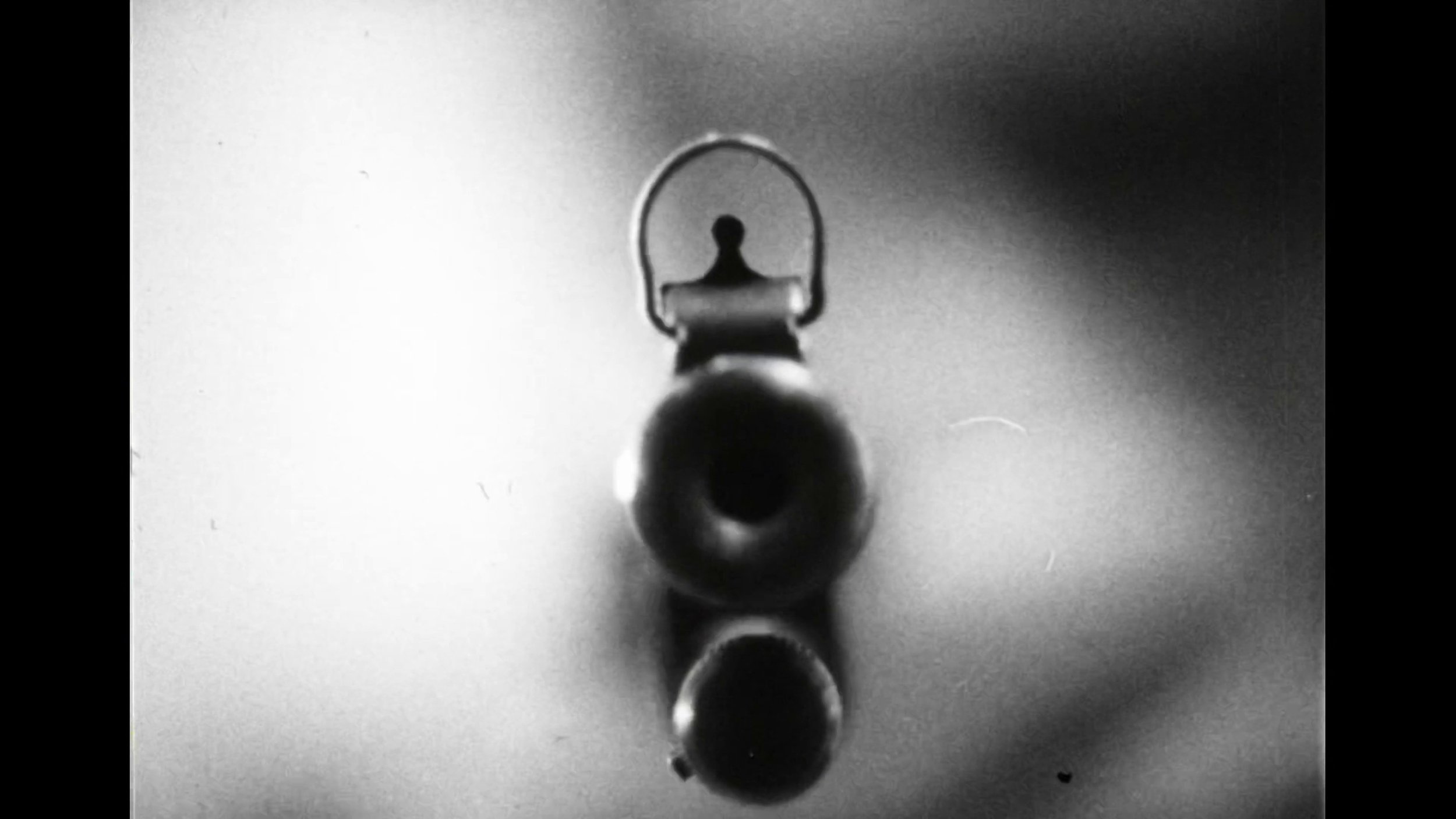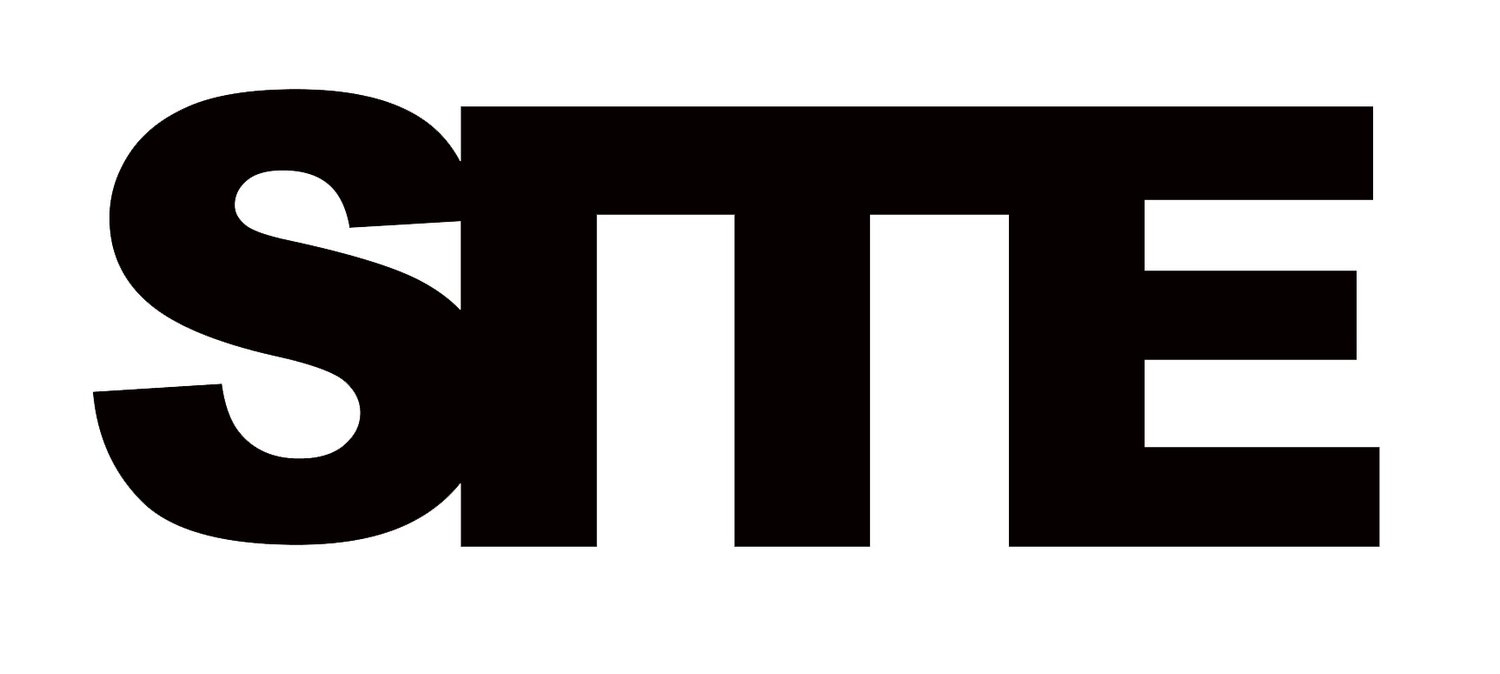
Un/Seen Spectres
An exhibition curated by Awa Konaté // CAS exclusively for SITE Zones.
The exhibition ends March 9th, but the page will remain open as documentation.
Un/Seen Spectres
A curated exhibition by Awa Konaté // Culture Art Society (CAS)
Dates: March 2 — March 9 2023
Un/Seen Spectres is a gathering of moving image works by artists and filmmakers of African descent who transverse across trans-national, trans-geographical and inter-generational histories. This free online screening programme – curated by Awa Konaté/Culture Art Society (CAS) following a recent SITE Zones residency at Nordiska Konstförbundet/NKF – seeks to demonstrate the ways in which Black filmmakers weave tapestries of fabulation, migration, memory, and myth to explore different types of uncharted navigations of time and space.
Central to each film is the practice of experimentation that reorients history’s world order. They re-articulate a profound subversive break from the camera’s colonial foundations and thus rework the cinematic form towards a emancipatory archive of Black survival. This confrontation pushes the limits of the optical – by looking at the camera not for recognition, but to confront and impose one’s looking onto and against it.
In For Personal Reasons (1972) — the international short film debut by Afro-Swedish filmmaker Madubuko Diakité, experimental jazz and radical Black activism drawing on the Black Panthers collide through the tense heights of a 1970 protest as fertile ground for Black revolt. Det osynliga folket (1972) also by Diakité, offers a biting and uncompromising political treatise on the conditions of African migrants in Sweden, laying bare the haunting malaises of colonialism (as well as pointing to them as the foundational framework for contemporary Swedish society).
Through vivid and strikingly fluid shots, Somali-Swedish artist Salad Hilowle’s Sylwan (2022), conjures the life of actor Joe Sylwan, taking his point of departure in the story of a solitary figure to poignantly meditate on the joins and traces of Black people’s presence within this region of Europe.
LA Rebellion filmmaker Anita Addison’s Eva’s Man (1976) draws inspiration from Gayl Jones’ novel, centering on a woman who in a psychiatric institution recounts and records an apparent murder, verging on the borders of reality. In a meditative yet fragmented framework, White Women (2015). artist Loulou Cherinet assembles testimonies and striking camera pannings to reflect on migration, desire, and the libidinal economy of the Black male body. In a similar vein, West African Road Movie (2018), by artists Agassi F Bangura and Ilja Karilampi, too relies on an insistently fugitive point of view, as it journeys from Accra, Conakry, and elsewhere, collapsing time and space. Taxi Sister (2011) by Swedish-Burkinabé artist Theresa Traoré Dahlberg situates us within the conditions of patriarchy and possibilities that emerge in spite of gendered forms of alienated labour through Boury, a woman taxi driver in Dakar, Senegal.
Screening Programme:
Madubuko Diakité, Det osynliga folket, Sweden, 1972/ English Subtitles/ 30 min
Salad Hilowle, Sylwan, Sweden/Somalia, 2022/ English Subtitles/ 15 min.
Loulou Cherinet, White Women, Sweden, 2002/ English Subtitles/ 52 min
Agassi F Bangura & Ilja Karilampi, West African Road Movie, Sweden, 2018/English Subtitles, 39 min
Anita Addison, Eva’s Man, USA, 1976/ English subtitles/ 15 min
Theresa Traoré Dahlberg, Taxi Sister, Sweden, 2011/English Subtitles, 29 min
Madubuko Diakité, For Personal Reasons, Sweden, 1972/English Subtitles/ 30 min
The exhibition is made with support by Region Stockholm and in collaboration with Nordiska Konstförbundet (NKF), CER - CurExRes - A Curatorial Exhibition Residency and Filmform.
FILMS ARE DEACTIVATED
FILMS ARE DEACTIVATED
Salad Hilowle, Sylwan, Sweden/Somalia, 2022/ English Subtitles/ 15 min.
Loulou Cherinet, White Women, Sweden, 2002/ English Subtitles/ 52 min
Madubuko Diakité, For Personal Reasons, Sweden, 1972/English Subtitles/ 30 min
Madubuko Diakité, Det osynliga folket, Sweden, 1972/ English Subtitles/ 30 min
Theresa Traoré Dahlberg, Taxi Sister, Sweden, 2011/English Subtitles, 29 min
Agassi F Bangura & Ilja Karilampi, West African Road Movie, Sweden, 2018/English Subtitles, 39 min.
Anita Addison, Eva’s Man, USA, 1976/ English subtitles/ 15 min
Three questions for Awa Konaté
Power Ekroth (PE): Tell us about your platform, Culture Art Society (CAS), that you run. Why did you start it and when, and what has been your main purpose?
Awa Konaté (AK): I started CAS in 2013, initially as an online archive project on Instagram for visual research, with the aim to create access to African/Diasporic visual culture outside of institutional framework whilst bridging discursive gaps between past and present Black histories.
I was quite frustrated with the wider curatorial and institutional framings of Black lives that were so often positioned from the point of view of and through violences that disenfranchise and oppress. With CAS I wanted to initiate a framework for co-learning from which I could question how Black artists, past and present, have created other imaginaries in spite of and not only through these conditions. So when I founded CAS, the main purpose was to explore how we remember, How do we forge linkages between different fragments of cultural knowledge, experiment in archiving, and explore different ways of sustaining the archive through CAS?
Today CAS is a curatorial platform built on this digital archive, which is itself a space of knowledge production that holds different fragments of aesthetic, spatial, and intellectual thought as it relates to questioning hegemonic narratives around space, race, and belonging.
PE: You spent some time at the curatorial residency in Stockholm, Nordiska Konstförbundet (NKF), and even if you are now based in London, you are also based in Copenhagen, and it makes me wonder how you perceive the similarities and differences between the Nordic cities of Stockholm and Copenhagen.
AK: It’s hard to say! This residency with Site Zones and NKF was my first deep dive into understanding Stockholm in terms of contemporary art, institutionally and independently through artist and curator-led spaces. But speaking about this visit only, it was interesting to observe the extent to which contemporary art in Stockholm seems institutional compared to Copenhagen. Institutional exhibitions and presence are coveted, as everywhere, but it seemed particular to this city because there appears to be very few independent alternatives. Whereas in Copenhagen, the number of independent spaces, or smaller institutions as I prefer calling them, is growing and it’s great because they are just as important.
Something else I noticed is how strong institutional collections in Stockholm are compared to Copenhagen. The strength to me really lay in how multifaceted they were in terms of the range of media, geographical location, and age of artists, and especially that emerging artists were part of the collections. That’s something institutions in Copenhagen could and really should do better.
PE: Are you happy with your residency, and what were the results?
AK: Very much so. It was such a pleasure to gain intimate insight into the creative developments of the city and be the recipient of such hospitality.
Working transnationally and connecting geographies, histories, and subjectivities to support constellations of diasporic knowledge has always been of curatorial imperative. And as I’m working increasingly in Copenhagen and across Scandinavia, this residency in Stockholm has facilitated an introduction to local cultural workers who are doing very important work reworking the temporal and spatial considerations of this region.
Compared to London, cities across the Nordics are very small and this is also reflected in how small art communities are, thus it becomes even more urgent to be connected across our localities and support shared practices here.











